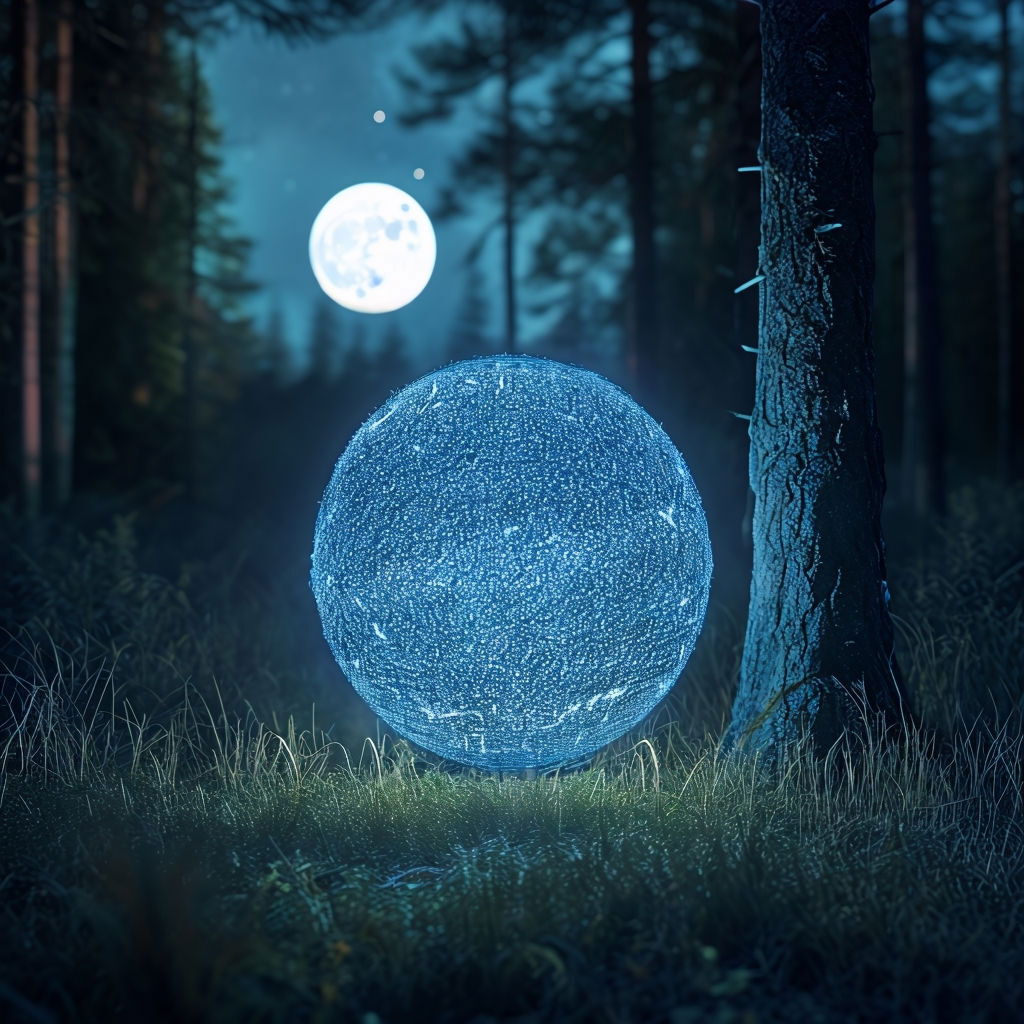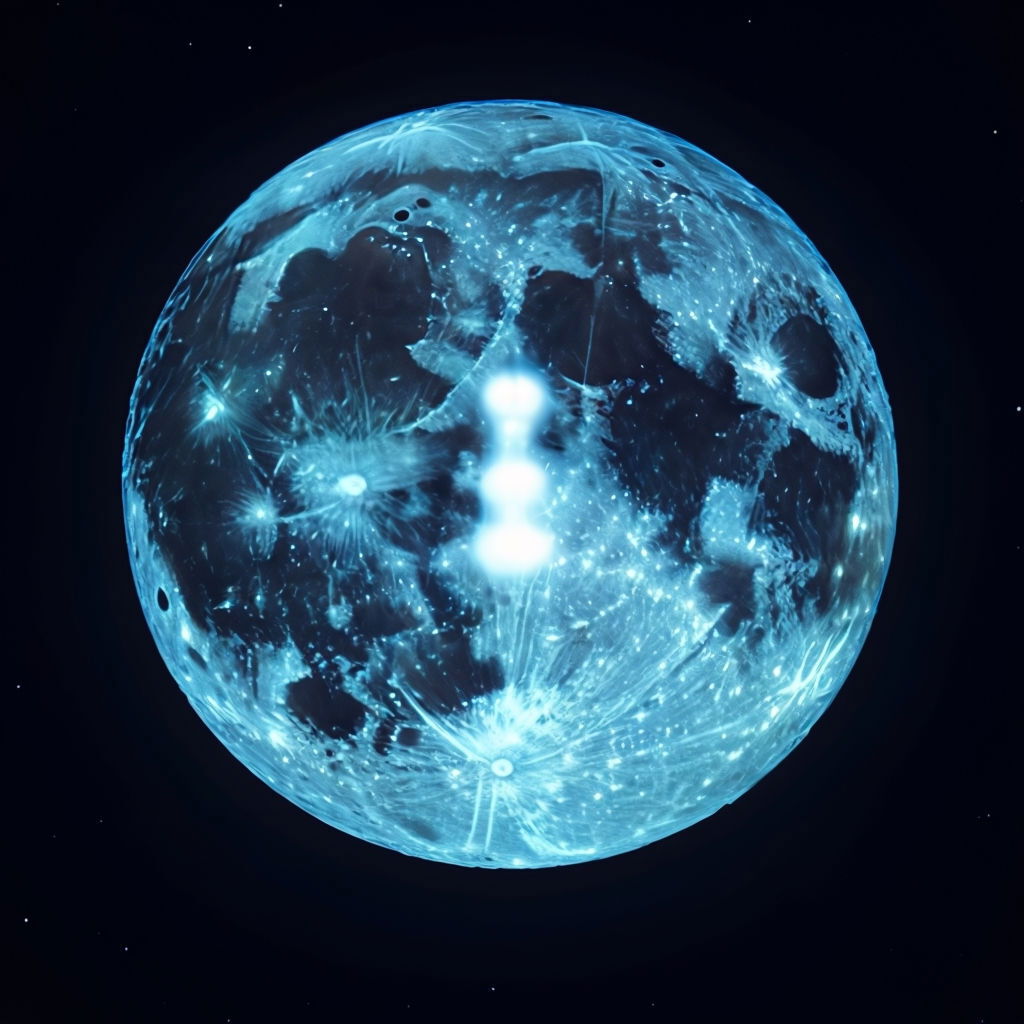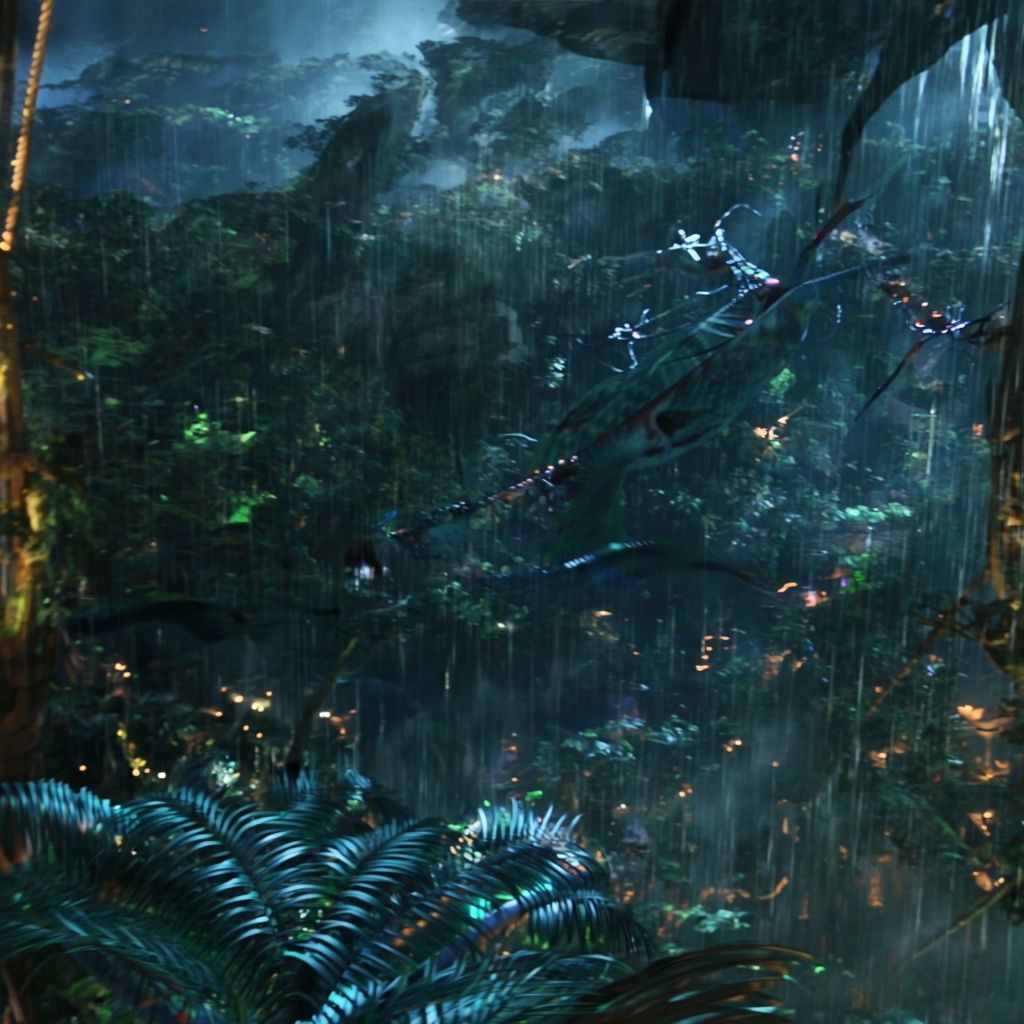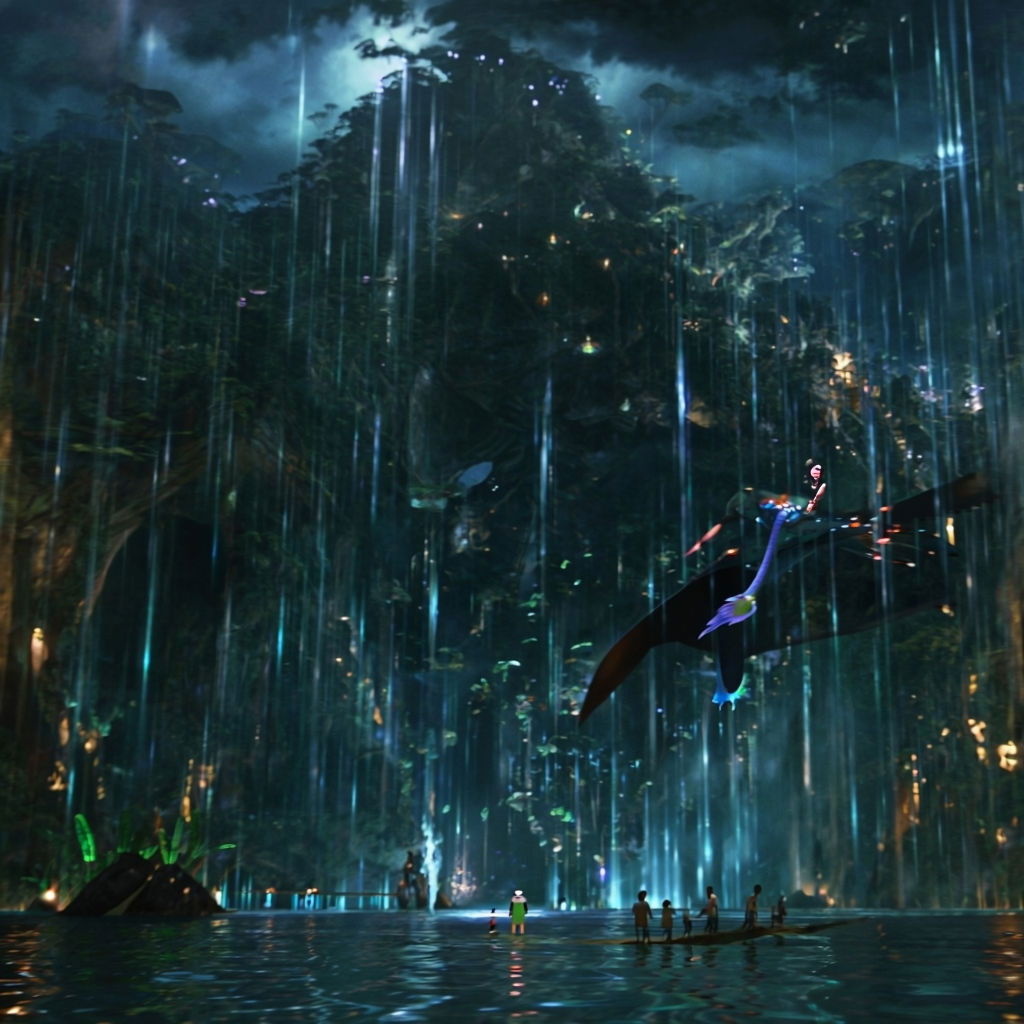Gnostic Nightfall : Lunarpunk
In the evolving narrative of speculative futures, Lunarpunk emerges as a mystical counterpart to the bright, optimistic vision of Solarpunk. While Solarpunk imagines a future where humanity thrives in harmony with nature under the warm embrace of the sun, Lunarpunk explores a world where the moonlight guides us into deeper connections with the earth, the self, and the cosmos. It is a movement that delves into the shadows, embracing the mysteries of the night, the cycles of nature, and the esoteric knowledge that has long been associated with the moon.
Lunarpunk is not merely an aesthetic choice or a variation of Solarpunk's ecological utopia; it is a worldview that places spiritual connection at its core. Followers of Lunarpunk recognize the natural world not as a resource to be managed or exploited, but as a living, breathing entity with which we are intimately connected. This perspective calls for a deep attunement to the Earth’s natural rhythms—those of the tides, the lunar cycles, the growth and decay of life in the shadows.
In Lunarpunk, the environment is sacred, and its patterns are seen as guides for how we should live our lives. This is reflected in a lifestyle that values harmony with the natural world, but one that also acknowledges and honors the darkness, the unknown, and the mystical aspects of existence. The world of Lunarpunk is illuminated not by the harsh, rational light of the sun but by the soft, introspective glow of the moon, bioluminescent flora, and the enchanting hues of twilight.

Where Solarpunk often focuses on collective action and societal transformation, Lunarpunk turns inward, emphasizing the individual’s journey towards gnosis—a deep, personal knowledge of the divine. This gnostic approach is about more than intellectual understanding; it is about direct, experiential knowledge of the mysteries that lie beyond the surface of everyday reality.
In Lunarpunk, this individual gnosis is attained through a deep connection with the environment and the cycles of nature. The moon, with its ever-changing phases, symbolizes the cyclical nature of existence and the continual process of death and rebirth that is at the heart of many spiritual traditions. By aligning oneself with these cycles, a Lunarpunk practitioner seeks to attain a state of harmony with the universe, tapping into the ancient wisdom that is encoded in the natural world.
The spiritual dimension of Lunarpunk is steeped in mysticism, magic, and the occult. Unlike the solar-powered optimism of Solarpunk, Lunarpunk embraces the mysteries of the night—the realm of dreams, intuition, and the subconscious. It is a world where magic is not just possible, but essential, as it represents the unseen forces that shape reality.
In this context, gnosticism—a form of esoteric spirituality that emphasizes personal, mystical knowledge—becomes a central theme. Gnosticism, with its focus on direct, personal experience of the divine, resonates deeply with the Lunarpunk ethos. It is the magic of gnosis that allows individuals to transcend the material world and access the deeper truths that lie hidden beneath the surface.

Lunarpunk’s fascination with the occult is reflected in its aesthetic and practices. The world of Lunarpunk is one of shadows and subtlety, where the light of the moon reveals hidden truths and the darkness is a canvas for spiritual exploration. The flowers of Lunarpunk are mushrooms, symbols of transformation and connection with the earth. The light is bioluminescence, a natural, gentle illumination that contrasts sharply with the artificial brightness of solar energy.
Lunarpunk can be seen as the nocturnal counterpart to Solarpunk, a vision of what happens when the sun goes down and the world is bathed in moonlight. But where Solarpunk is focused on building a bright future through technology and collective action, Lunarpunk is more introspective, concerned with the inner journey and the cultivation of spiritual wisdom.
In this moonlit world, the boundaries between the physical and the spiritual blur, and the lines between reality and dream become fluid. Lunarpunk is not just about living in harmony with nature; it is about recognizing the sacredness of the natural world and our place within it. It is a call to return to a more ancient, more intuitive way of being—one that honors the darkness as much as the light, and that sees in the night sky not just an absence of the sun, but a gateway to the mysteries of the cosmos.
Lunarpunk is a movement that challenges us to look beyond the bright, rational future envisioned by Solarpunk and to explore the deeper, more mysterious aspects of existence. It is a vision of a world where spirituality and connection with the earth are at the forefront, where individual gnosis is a path to understanding the universe, and where the magic of the moonlit world reveals the hidden truths of our reality.
In the Lunarpunk world, the sun may set, but the journey is just beginning—a journey into the heart of darkness, where the light of gnosis guides the way.

--
Writing Lunarpunk is a fascinating journey into the mystical and introspective realms of storytelling, where the shadows and the moonlight offer a canvas for exploring themes of spirituality, magic, and personal transformation. The symbol of Yin and Yang beautifully captures the creative interplay between Solarpunk and Lunarpunk—Solar represents the bright, active, and collective energies of the day, while Lunar embodies the dark, reflective, and individual energies of the night. Together, they create a harmonious balance, allowing for rich, nuanced narratives that explore both the light and the dark aspects of existence.
The nighttime scenes in Avatar can be seen as Lunarpunk because they immerse viewers in a world where the natural environment glows with bioluminescence, creating an otherworldly, mystical atmosphere. The film’s portrayal of Pandora at night, with its ethereal lighting and deep connection to the planet’s spiritual energy, aligns with Lunarpunk’s emphasis on the magic of the moonlit world, where nature and spirituality are intertwined, and the unseen forces of the environment come alive in the darkness.
--
EXTRA BONUS FAN FICTION CROSS OVER SHORT STORY(STAR WARS AND AVATAR):
Endor Meets Pandora: A Night of Lunarpunk Magic

Under the shimmering bioluminescent canopy of Pandora’s night, the air buzzed with energy. The towering trees of the forest glowed softly, their leaves pulsing with ethereal light. Small, delicate creatures flitted about, leaving trails of luminescence in their wake. The ground beneath was carpeted with soft moss that glowed in blues and purples, like a living, breathing tapestry.
From the dense undergrowth emerged a group of Ewoks, their wide eyes reflecting the magical glow of the forest. These visitors from the forest moon of Endor had traveled far across the galaxy, drawn by the tales of Pandora’s enchanted nights. The Ewoks, who lived in harmony with their own sacred forests, immediately felt a deep connection to this world. They revered the giant trees of their homeland and believed they were descendants of the "Great Tree," a sacred being that blessed them with light even in the darkest nights.
As they ventured deeper into Pandora’s moonlit world, the Ewoks began to recognize the same spiritual energy that pulsed through their own forests on Endor. They gathered around a cluster of softly glowing mushrooms, their eyes wide with awe, and began to hum an ancient melody—a song passed down through generations, celebrating the connection between the earth and the stars, between the light and the dark.
In the distance, the Na’vi sensed the presence of the visitors and approached cautiously, curious about these small, furry beings who seemed so at home in the bioluminescent night. When they saw the Ewoks dancing and singing in reverence to the glowing flora, the Na’vi smiled in understanding. They joined the celebration, their voices blending with the Ewoks’ chants, creating a harmonious symphony that resonated through the trees.
Together, they danced under the moonlight, celebrating the magic of Lunarpunk—a world where nature and spirituality were intertwined, where the unseen forces of the environment came alive in the darkness. The Ewoks felt a profound connection to this place, as if they had found another sacred grove far from their home, yet deeply familiar.
In this mystical moment, the Ewoks and the Na’vi became one with Pandora’s night, their celebration a testament to the universal language of nature and the spiritual threads that connect all beings, across worlds and galaxies. The legend of the "Golden One" who allowed the Ewoks to live in light—even at night—now felt more real than ever, as they basked in the true Lunarpunk magic of Pandora.

--
LUNARPUNK! Writing about cyberpunk subgenres like Lunarpunk is exciting because it allows for the exploration of imaginative worlds where technology, nature, and spirituality intertwine in unique ways. It’s fun to creatively contrast the gritty, tech-driven futures of traditional cyberpunk with softer, more mystical visions like Lunarpunk, where the night is alive with bioluminescence and spiritual depth. Each subgenre offers a distinct lens through which to explore complex themes, making the writing process both rich and endlessly inventive.